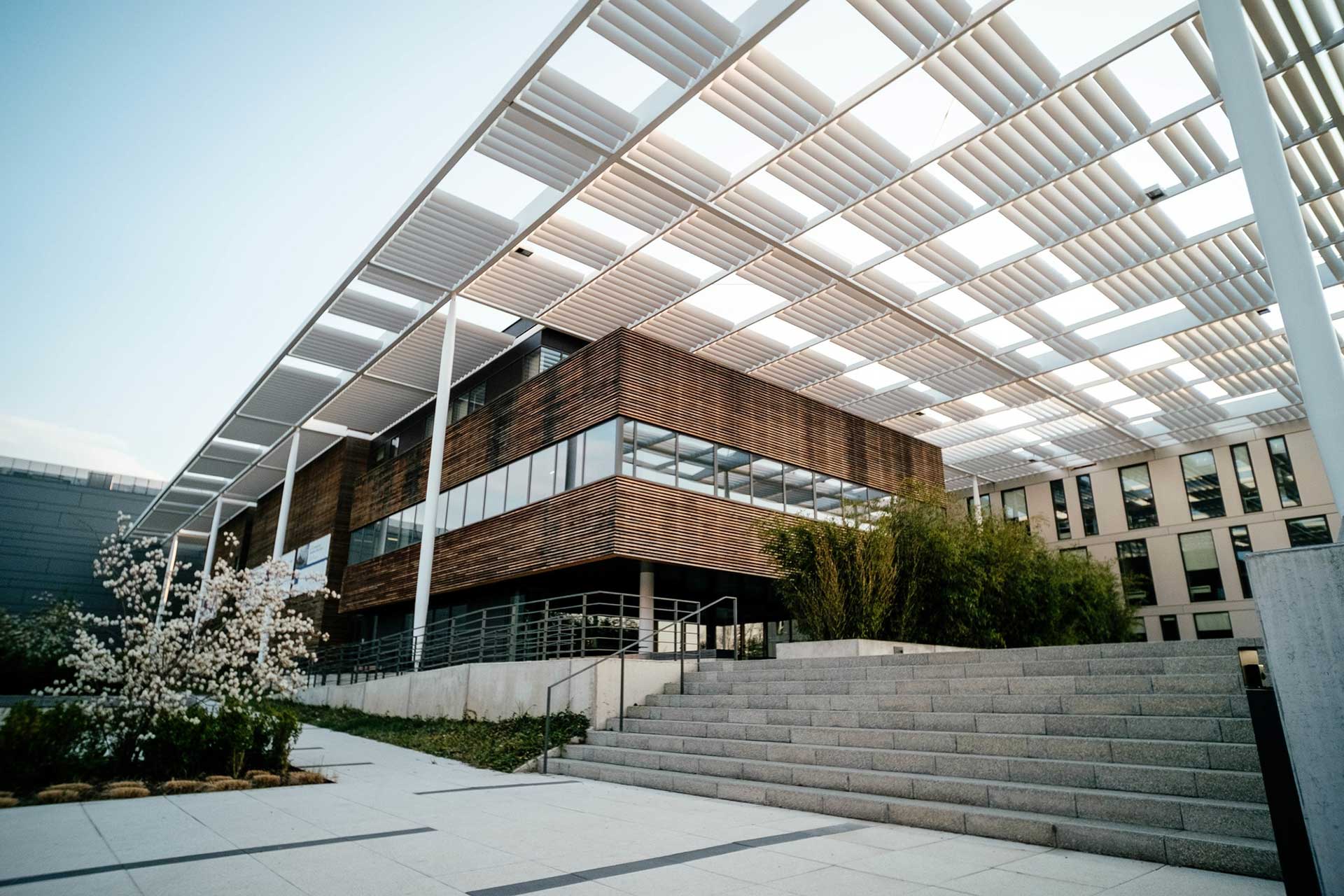In the previous article, we looked at two growing trends we expect to see in buildings in 2023. We looked at net zero buildings and the use of sustainable materials in construction. In this article, we look at another two trends in green buildings.
1. Green roofs
Green roofs are emerging as a popular trend in the realm of green building. These roofs feature either partial or full coverage with vegetation, making them a cutting-edge and environmentally conscious approach in construction. As a form of green infrastructure, green roofs provide numerous environmental benefits through their integration of natural or man-made features. They are adaptable to both new and existing structures, and come in an array of shapes, sizes, and colors to suit any aesthetic. The vegetation options for green roofs are diverse, including sedum, grasses, shrubs, and even trees, providing a unique and eco-friendly solution for building design.
Green roofs bring about a multitude of advantages for building owners and inhabitants, the environment, and local communities, including lowering stormwater runoff, increasing water and energy efficiency, extending roof life, and decreasing greenhouse gas emissions. Green roofs also serve as a safe haven for birds and other animals to reside and nest, thereby enhancing local biodiversity.
2. Passive design
Passive design refers to a building design approach that takes into consideration the local climate in order to regulate temperature without the need for additional heating or cooling. This not only saves energy and money, but also has several sustainability benefits. Passive design techniques can range from orienting the building to benefit from solar gain to incorporating green roofs and walls to cool the building naturally.
It is important for the users or occupants of a passive design building to be proactive for the design to function optimally. When executed correctly, a passive design building can provide long-lasting thermal comfort, decreased energy bills, and lower carbon emissions.
Passive design harnesses natural heating and cooling sources, such as the sun and wind, to minimize heat gain and loss in a building. Although it is best to incorporate passive design during the initial design or construction of a building, it can also be added through renovations or improvement projects over time.
The utilization of passive design in construction can lead to a reduction in a building’s energy consumption, water usage, and overall environmental impact. By utilizing green building materials and technologies, passive design also improves indoor air quality and creates a healthier indoor environment. Furthermore, passive design results in savings on energy and water bills, and reduces maintenance and operational costs over the lifetime of the building.
Green buildings are designed to reduce the negative impact of their construction and operation on the environment. The green building movement has gained momentum in recent years, as more and more people are becoming aware of the need to protect the environment. Green buildings offer a worldwide solution for cities, communities, and neighborhoods.



